Home>Interior Design>Snug Room Mistakes: Expert Advice On How To Avoid Them
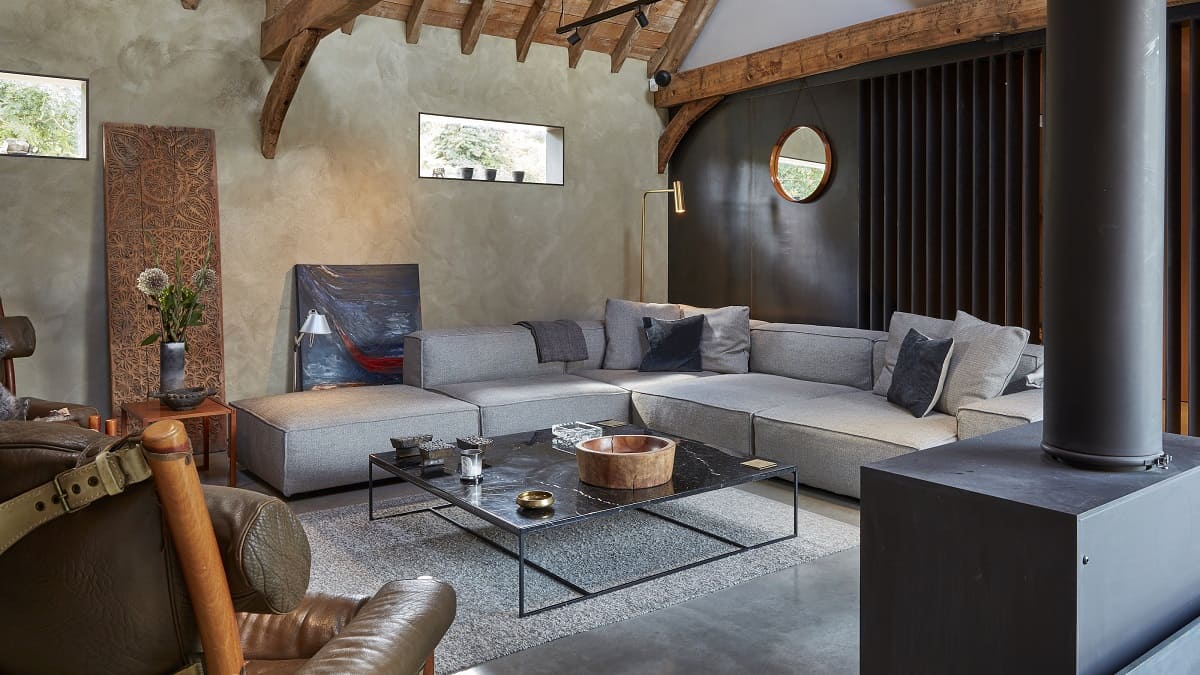

Interior Design
Snug Room Mistakes: Expert Advice On How To Avoid Them
Modified: January 24, 2024
Avoid these common interior design mistakes in your snug room with expert advice. Create a cozy and stylish space with our tips.
(Many of the links in this article redirect to a specific reviewed product. Your purchase of these products through affiliate links helps to generate commission for Storables.com, at no extra cost. Learn more)
Introduction
Welcome to our expert guide on avoiding common mistakes in designing a snug room. A snug room, also known as a cozy room, is a space where you can unwind, relax, and enjoy some downtime. It’s a place where you can curl up with a good book, watch your favorite movies, or simply rejuvenate after a long day.
Creating a snug room requires careful planning and attention to detail. It’s crucial to strike the right balance between comfort, aesthetics, and functionality. In this article, we’ll explore common mistakes that people often make when designing a snug room and provide expert advice on how to avoid them.
Whether you’re revamping an existing snug room or starting from scratch, this article will help you create a space that exudes warmth, coziness, and style. So, let’s dive in and discover the mistakes to avoid when designing your perfect snug room.
Key Takeaways:
- Create a cozy sanctuary by avoiding snug room mistakes. Focus on furniture placement, lighting, color, storage, texture, focal points, and comfort to design a visually stunning and inviting space.
- Transform your snug room into a haven of relaxation. Prioritize comfort, embrace texture and layering, and infuse personal touches to create a cozy sanctuary that promotes well-being and rejuvenation.
Mistake #1: Choosing the Wrong Furniture Placement
One of the most common mistakes people make when designing a snug room is choosing the wrong furniture placement. Furniture placement plays a vital role in creating a functional and visually appealing space.
Avoid placing your furniture too close to the walls, as this can make the room feel cramped and hinder the flow of movement. Instead, opt for a more open arrangement by pulling the furniture away from the walls. This creates a sense of space and allows for better interaction among the different elements in the room.
Consider the focal point of the room when positioning the furniture. Whether it’s a fireplace, a view, or a stunning piece of artwork, make sure to arrange your furniture in a way that highlights the focal point. This draws attention and creates a cohesive and visually balanced space.
Another important aspect to consider is the scale and proportion of the furniture. Avoid overcrowding the room with oversized furniture or filling it with too many small pieces. Instead, choose furniture that fits the scale of the room and leaves enough space for easy movement.
Don’t forget about the functionality of the room. Ensure that the furniture placement allows for comfortable seating and ease of access to essential items. For example, placing a coffee table within reach of the seating area or positioning a side table next to a chair for convenient storage.
Lastly, consider the traffic flow in the room. Avoid obstructing pathways by placing furniture in a way that allows for smooth movement around the room. Create clear walkways and make sure that the furniture does not impede the natural flow of the room.
By considering these elements and avoiding the mistake of choosing the wrong furniture placement, you can create a snug room that is both visually pleasing and functional, promoting relaxation and comfort.
Mistake #2: Ignoring the Importance of Lighting
When designing a snug room, lighting is often overlooked, yet it plays a crucial role in creating the right ambiance and enhancing the overall atmosphere of the space. Ignoring the importance of proper lighting can lead to a dull and uninviting room.
First and foremost, consider the natural light sources in your room. Take advantage of windows and incorporate window treatments that allow for flexibility in controlling the amount of natural light that enters the space. Sheer curtains or blinds can provide privacy while still allowing for ample natural light during the day.
Additionally, consider the positioning of your artificial lighting to ensure a well-lit and cozy atmosphere. Avoid relying solely on overhead lighting, as it can create harsh shadows and a cold ambiance. Instead, incorporate a mix of lighting sources, including floor lamps, table lamps, and wall sconces, to create layers of light and add a warm glow to the room.
Dimmer switches are a must-have in a snug room as they allow you to adjust the intensity of the lighting according to your mood and activity. Dimmed lights can create a calming and relaxing ambiance, perfect for unwinding after a long day.
Another factor to consider is the color temperature of your light sources. Choose warm-toned bulbs, such as those with a color temperature of around 2700K-3000K, to create a cozy and inviting atmosphere. Avoid cool-toned bulbs, as they can create a more clinical and stark environment.
Lastly, don’t forget about task lighting. Adequate lighting for activities like reading, knitting, or working on hobbies is essential in a snug room. Incorporate adjustable task lights that can be maneuvered to provide focused illumination where needed.
By avoiding the mistake of ignoring the importance of lighting and taking the time to create a well-thought-out lighting plan, you can transform your snug room into a warm and inviting sanctuary.
Mistake #3: Overlooking the Use of Color
The use of color is a powerful tool in interior design, and overlooking its importance is a common mistake when designing a snug room. Color has the ability to influence our mood, create visual interest, and set the tone for the space. By ignoring the use of color, you risk creating a lackluster and uninspiring room.
When selecting colors for your snug room, consider the overall vibe you want to achieve. Warm hues like earthy tones, soft neutrals, and warm pastels can create a cozy and inviting atmosphere. Cool tones such as blues and greens can evoke a sense of calmness and tranquility.
Don’t be afraid to incorporate bold pops of color as accents to add visual interest and personality to the room. Whether it’s through throw pillows, artwork, or a statement furniture piece, splashes of vibrant color can liven up the space and create a focal point.
Consider the size of your room when choosing colors. Lighter colors tend to make a space feel more open and airy, while darker colors can create a sense of intimacy and coziness. If you have a small snug room, opt for lighter shades to give the illusion of a larger space.
Remember that color doesn’t have to be restricted to just the walls. Incorporate color through textiles such as rugs, curtains, and upholstery. These elements can tie the room together and add depth and texture to the space.
When it comes to the color palette, aim for a harmonious and balanced combination. Choose a primary color and pair it with complementary hues or shades from the same family. This will create a cohesive and visually appealing look.
Finally, don’t forget about the psychological impact of color. Different colors have different effects on our emotions, so consider how you want to feel in your snug room. Soft blues and greens can promote relaxation, while warm yellows and oranges can create a sense of warmth and comfort.
By avoiding the mistake of overlooking the use of color and taking the time to carefully select a color scheme that suits your desired atmosphere, you can transform your snug room into a visually stunning and emotionally engaging space.
Mistake #4: Neglecting Proper Storage Solutions
When designing a snug room, it is essential to prioritize proper storage solutions. Neglecting this aspect can result in a cluttered and disorganized space that hinders the overall comfort and aesthetic appeal.
Start by assessing your storage needs. Consider the items you plan to keep in the room, such as books, magazines, blankets, and electronics. Determine how much storage space you require and what type of storage solutions would best suit your needs.
Utilize multifunctional furniture pieces that incorporate storage, such as ottomans with hidden compartments or coffee tables with built-in shelves. These pieces not only provide extra storage but also serve a dual purpose, maximizing the functionality of the room.
Invest in shelving units or bookcases to keep items organized and easily accessible. Opt for open shelves to display decorative items, while closed cabinets can hide away items that are not meant to be seen. Be mindful of the size and placement of the shelving units to ensure they don’t overwhelm the room visually.
Consider vertical storage solutions to make the most of your space. Install wall-mounted shelves or hanging organizers to store smaller items or create a gallery wall for a decorative and functional storage solution.
Don’t forget about storage options that blend seamlessly with the room’s decor. Woven baskets, decorative boxes, and stylish bins can be used to store items while adding visual interest to the room. Use them to neatly store blankets, pillows, and other items that can create a cozy and inviting atmosphere.
Another essential aspect is maintaining an organized system within your storage solutions. Use labels, dividers, or color-coded containers to categorize and easily locate items. Regularly declutter and purge unnecessary items to prevent the room from becoming overwhelmed with clutter.
Including proper storage solutions in your snug room design will help maintain a clean and clutter-free environment, promoting a sense of calm and relaxation.
When choosing furniture for a snug room, make sure to measure the space carefully and consider the scale of the pieces. Oversized furniture can make the room feel cramped, while too small furniture can make the room feel empty.
Mistake #5: Neglecting Texture and Layering
One mistake often made when designing a snug room is neglecting texture and layering. Texture adds depth, visual interest, and a tactile quality to the space, enhancing its cozy and inviting atmosphere. By ignoring texture and layering, the room can feel flat and uninspiring.
Incorporate various textures through your choice of fabrics, materials, and finishes. Mix soft and plush textures like velvet, faux fur, and knitted fabrics with smooth materials like leather or glass. This combination creates a contrast that stimulates the senses and adds visual richness to the room.
Introduce different tactile experiences by layering rugs, throws, and cushions. Opt for a variety of textures such as shaggy or woven rugs, chunky knit blankets, and pillows with different fabric finishes. This not only adds visual interest but also provides layers of comfort and warmth.
Consider incorporating natural elements like wood, stone, or plants to bring in additional texture. A wooden coffee table, stone fireplace surround, or potted plants can enhance the tactile experience and create a connection to the natural world.
Pay attention to wall treatments as well. Experiment with textured wallpapers, reclaimed wood paneling, or textured paint finishes to add depth and dimension to the room. These features can create a focal point and contribute to the overall cozy ambiance.
Layering is another element often overlooked in snug room designs. Layering involves creating depth and dimension by arranging different elements in overlapping or varying heights and sizes. Layering can be achieved through stacking books on a side table, arranging different-sized frames on a gallery wall, or placing decorative objects on shelves.
Additionally, layering extends to the arrangement of furniture and accessories. Avoid placing everything at eye level or in a straight line. Instead, play with varying heights and angles to create a visually dynamic and inviting environment.
By incorporating texture and layering into your snug room design, you can transform it into a visually rich and enticing space that invites you to unwind and relax.
Mistake #6: Failing to Create a Focal Point
One common mistake in designing a snug room is failing to create a focal point. A focal point is a visually dominant element that draws attention and serves as the centerpiece of the room. Without a focal point, the room can feel disjointed and lacking a cohesive design.
Identify a natural focal point in your room or create one if it doesn’t already exist. Common focal points in snug rooms include fireplaces, large windows with a stunning view, or a statement piece of furniture or artwork.
If your room lacks a natural focal point, you can create one by strategically arranging furniture, incorporating an eye-catching piece of artwork, or using a bold patterned wallpaper on one wall.
Once you have determined the focal point, arrange the seating or main furniture pieces around it to emphasize its importance and create a sense of unity in the room. Positioning chairs, sofas, or a cozy reading nook in the direction of the focal point encourages a natural flow and draws attention to the center of the room.
Enhance the focal point by using lighting techniques. Illuminate the area with directed spotlights or install wall sconces to create a spotlight effect. This will further highlight the focal point and add to the cozy atmosphere.
Consider adding decorative elements around the focal point to create a sense of balance and harmony. Arrange accessories, such as vases, candles, or sculptures, in a way that complements the focal point rather than competing with it. This will elevate the overall design and bring attention to the centerpiece.
Remember to keep the focal point in mind when selecting colors, patterns, and textures for the room. Choose elements that either enhance or harmonize with the focal point, creating a cohesive and visually appealing space.
By avoiding the mistake of failing to create a focal point, you can transform your snug room into a visually stunning and well-designed space that captures attention and sets the tone for the entire room.
Mistake #7: Disregarding Comfort
One of the essential aspects of designing a snug room is creating a space that prioritizes comfort. Unfortunately, it is a mistake that many people make in their design process. Neglecting comfort can result in a room that looks aesthetically pleasing but fails to provide the cozy and inviting atmosphere that snug rooms are known for.
One aspect of comfort to consider is selecting the right furniture. Opt for pieces that are not only visually appealing but also comfortable to sit or recline on. Look for sofas and chairs with plush cushions, supportive backs, and soft upholstery materials. Try out different options and choose furniture that makes you want to sink in and relax.
Incorporate ample seating options to accommodate guests or facilitate different activities. Consider adding a comfortable armchair or a chaise lounge for reading or unwinding, and ensure there’s enough space for family and friends to gather and enjoy quality time together.
Another aspect of comfort is paying attention to the materials and fabrics used in the room. Soft, cozy textiles like warm blankets, fluffy pillows, and soft rugs add an extra layer of comfort and can make the room feel welcoming and snug. Consider natural materials like cotton, wool, or cashmere for a luxurious and cozy touch.
Create cozy nooks or reading corners with proper lighting, comfortable seating, and a side table or bookshelf for easy access to books and magazines. These dedicated spaces invite you to unwind, relax, and enjoy your favorite activities in a comfortable setting.
Consider the temperature and climate of the room as well. Ensure proper insulation, heating, or cooling to maintain a comfortable environment throughout the year. Properly placed curtains or blinds can also help regulate the amount of natural light and control the temperature in the room.
Lastly, don’t forget to add personal touches and elements that bring you joy. Surround yourself with items that evoke positive emotions, whether it’s photographs, artwork, or sentimental objects. By infusing the room with personal meaning, you create an environment that feels truly comfortable and welcoming.
By avoiding the mistake of disregarding comfort and intentionally focusing on creating a cozy and inviting atmosphere, you can transform your snug room into a sanctuary where you can relax, recharge, and truly enjoy your time.
Conclusion
Designing a snug room requires thoughtful consideration of various elements to create a space that is both visually stunning and invitingly comfortable. By avoiding common mistakes, you can transform your snug room into a cozy sanctuary that promotes relaxation, rejuvenation, and a sense of well-being.
Choosing the right furniture placement is crucial for creating an open and functional space. Don’t shy away from pulling furniture away from the walls and creating a focal point that highlights the room’s best features.
Proper lighting is essential for setting the right ambiance in a snug room. Incorporate a mix of natural and artificial light sources, use dimmers, and choose warm-toned bulbs to create a soothing atmosphere.
Color plays a significant role in evoking emotions and setting the mood. Don’t neglect the importance of color in your snug room design, and be mindful of the psychological impact different colors can have on your well-being.
Ensure that your snug room has proper storage solutions to keep clutter at bay and maintain a neat and organized space. Utilize multifunctional furniture and vertical storage options to maximize the functionality and avoid overwhelming the room with unnecessary items.
Texture and layering add depth and richness to a snug room. Experiment with different textures through fabrics, materials, and finishes, and embrace the concept of layering to create a visually dynamic and tactile experience.
Create a focal point in your snug room to anchor the design and draw attention. Highlight the focal point with lighting and complement it with carefully selected decorative elements to achieve a cohesive and balanced aesthetic.
Lastly, prioritize comfort by investing in comfortable furniture, incorporating soft textiles, and creating inviting nooks for relaxation and leisure. By considering the comfort of the space, you can truly transform it into a sanctuary that promotes well-being and relaxation.
In conclusion, by avoiding these common mistakes and incorporating expert advice, you can design a snug room that embraces both style and comfort. Create a space where you can unwind, recharge, and revel in the cozy ambiance. Let your snug room become a haven of relaxation and personal reflection, tailored to your unique tastes and desires.
Frequently Asked Questions about Snug Room Mistakes: Expert Advice On How To Avoid Them
Was this page helpful?
At Storables.com, we guarantee accurate and reliable information. Our content, validated by Expert Board Contributors, is crafted following stringent Editorial Policies. We're committed to providing you with well-researched, expert-backed insights for all your informational needs.
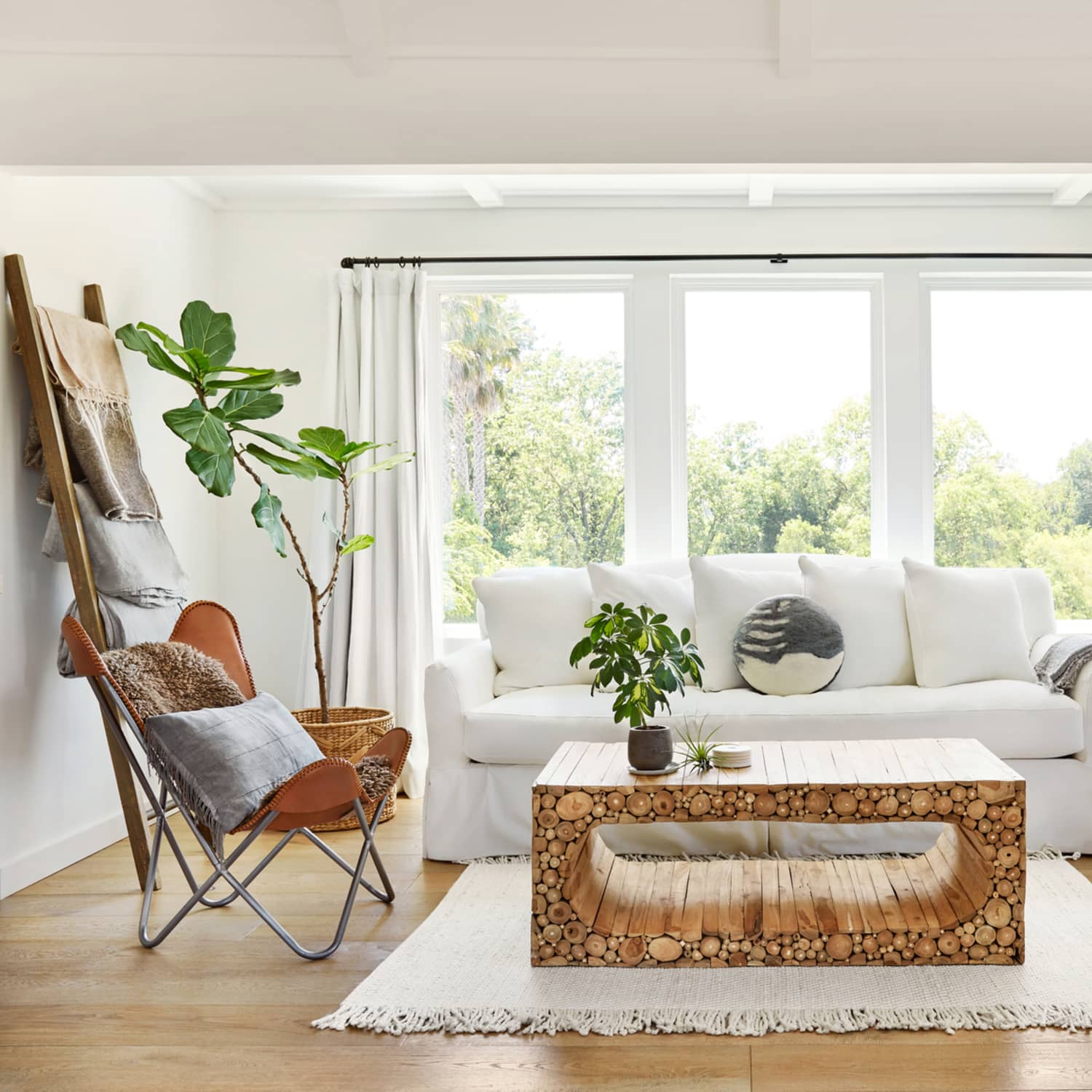
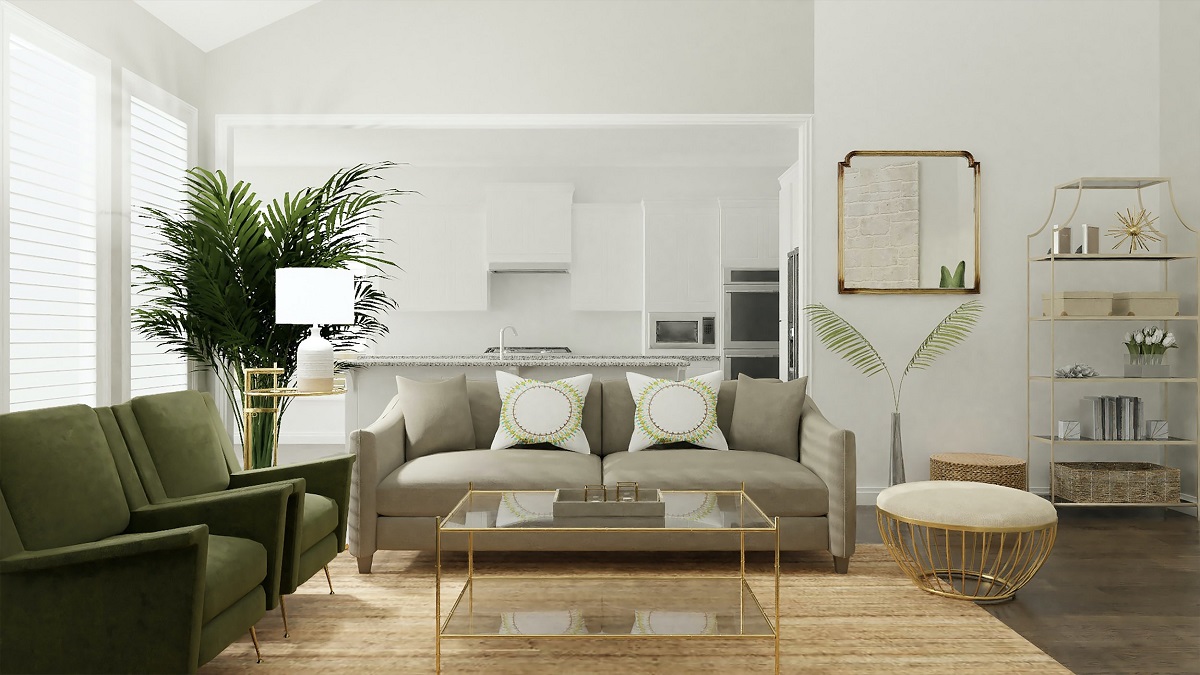
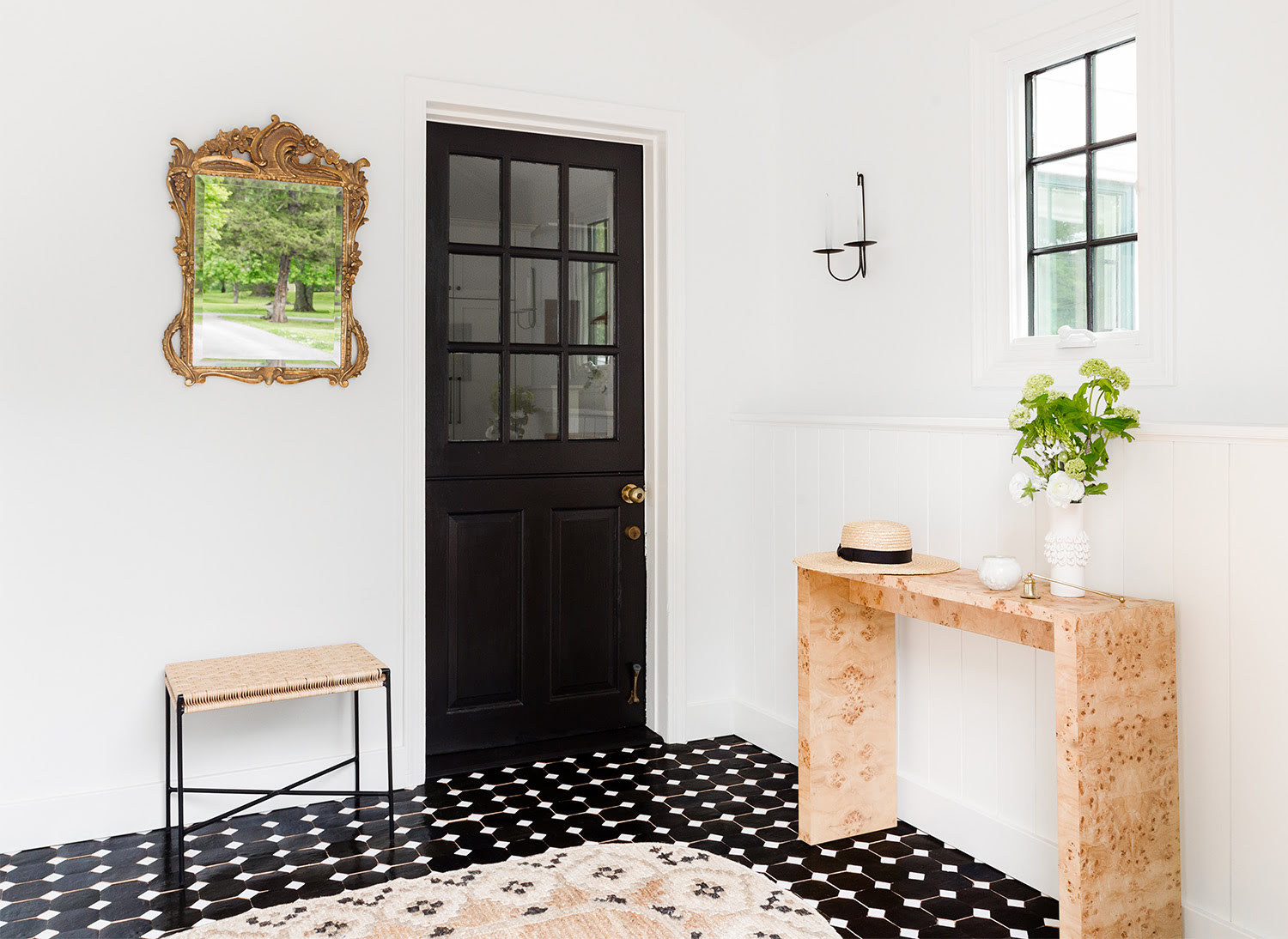
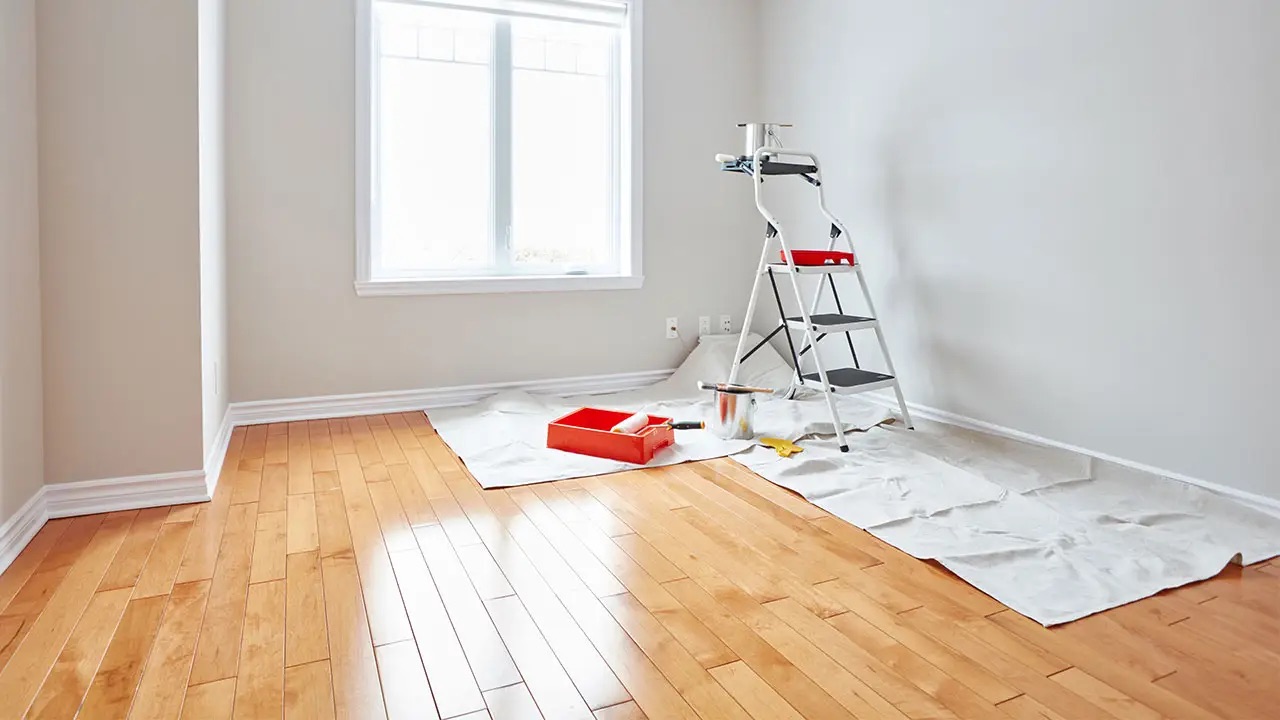
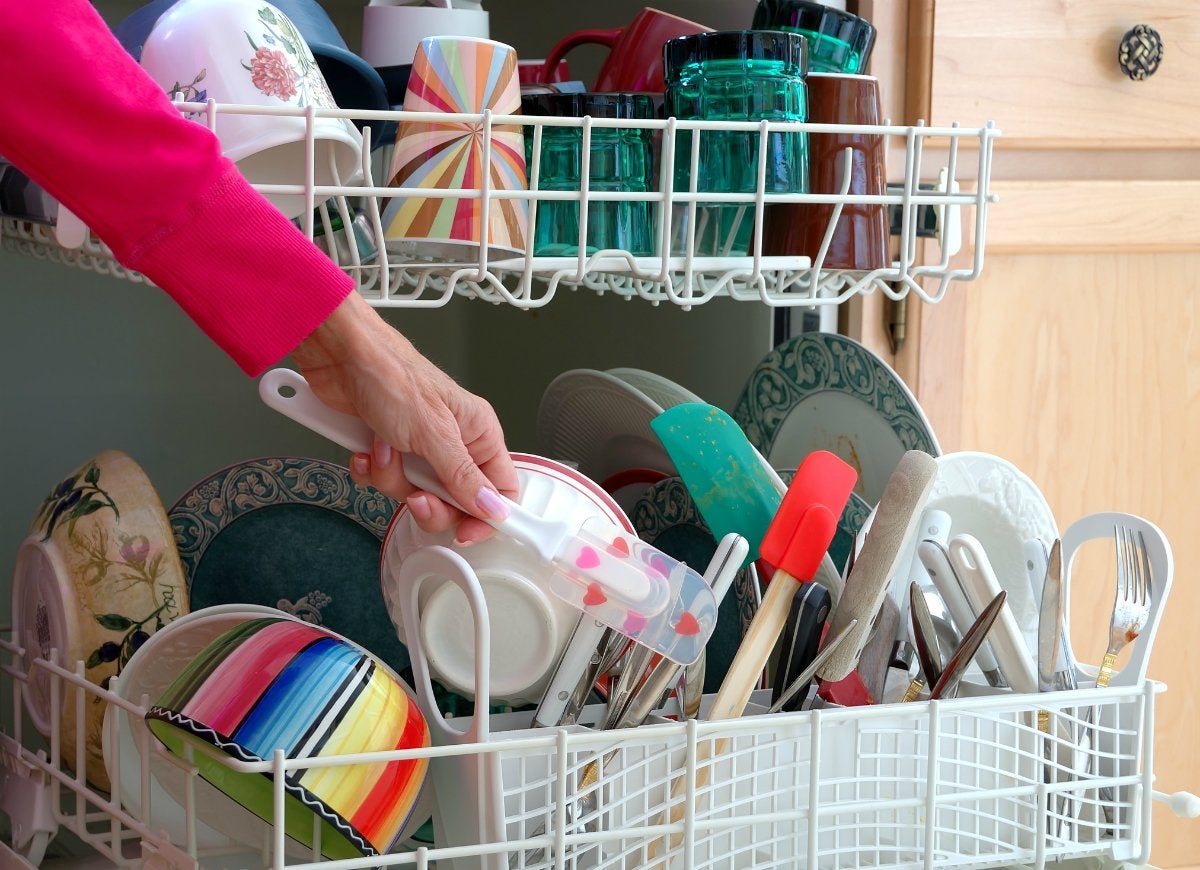
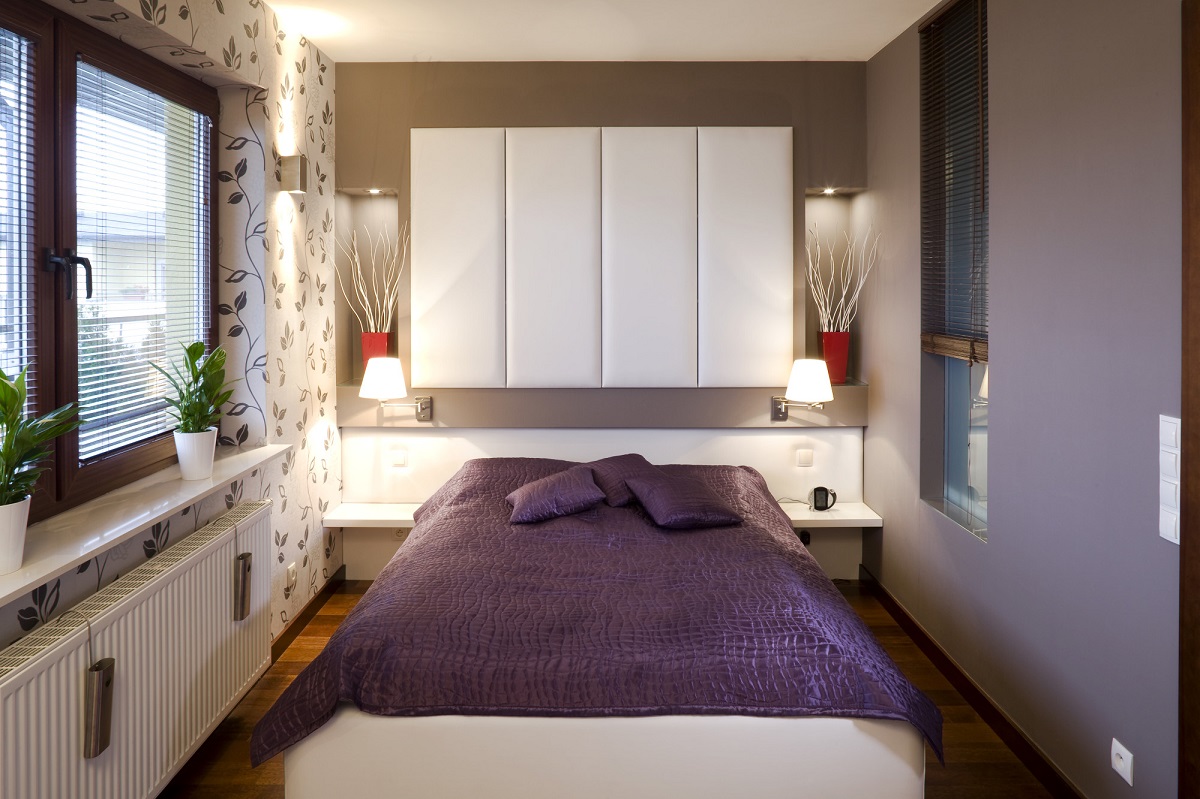
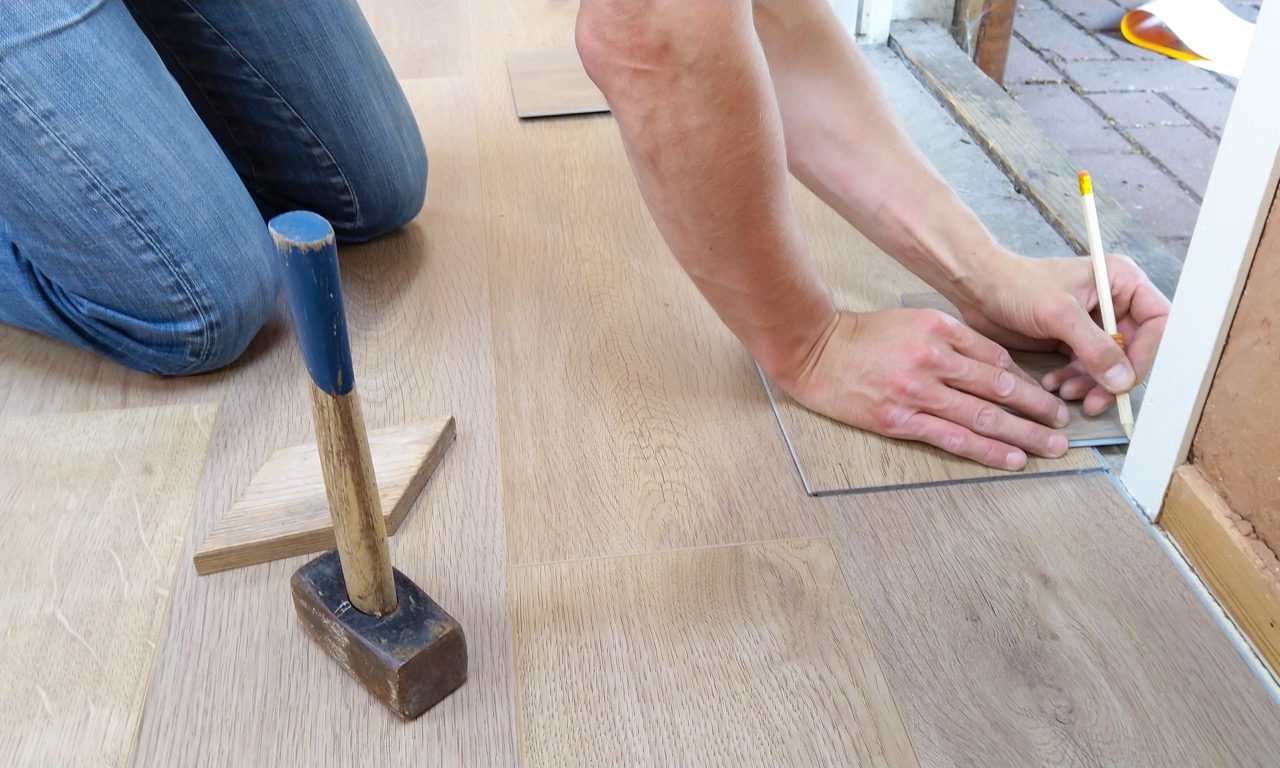
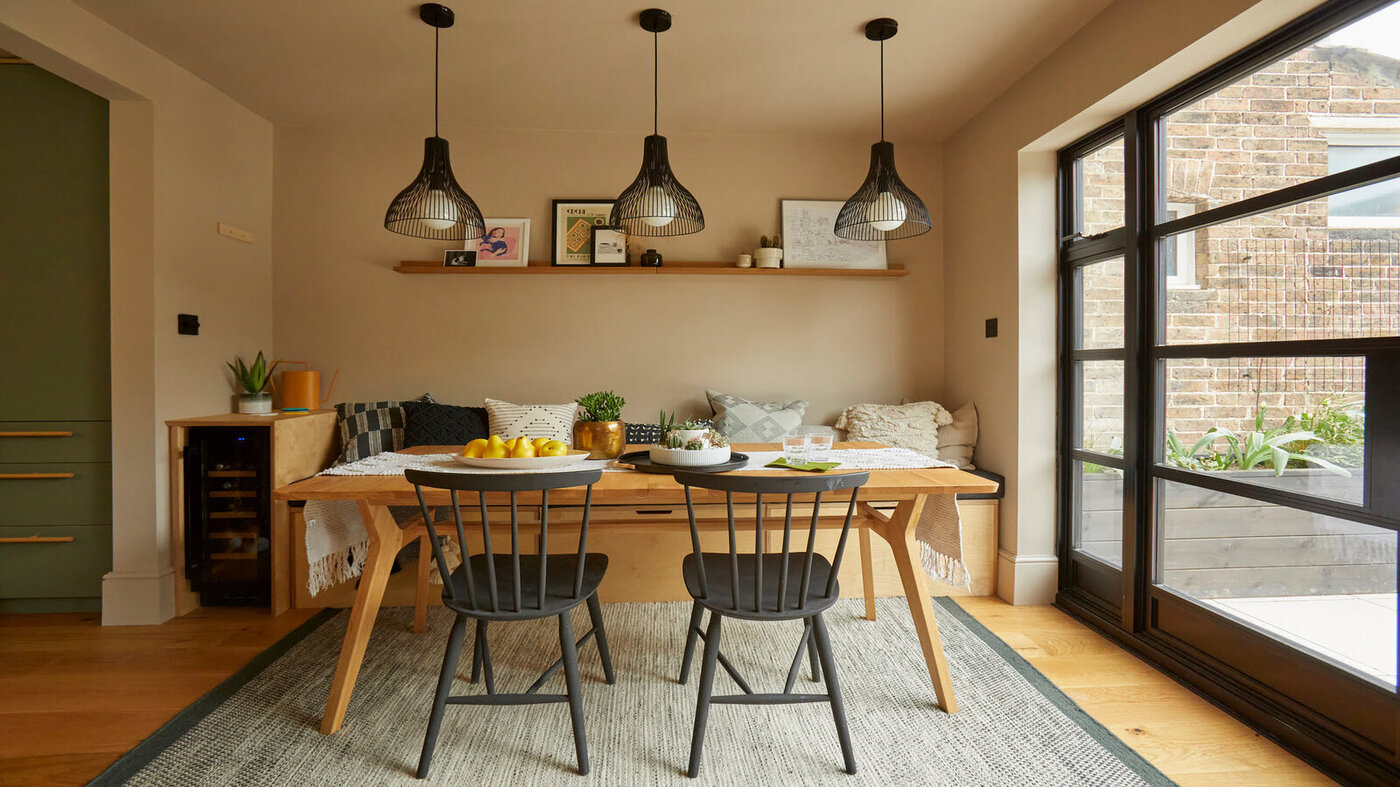
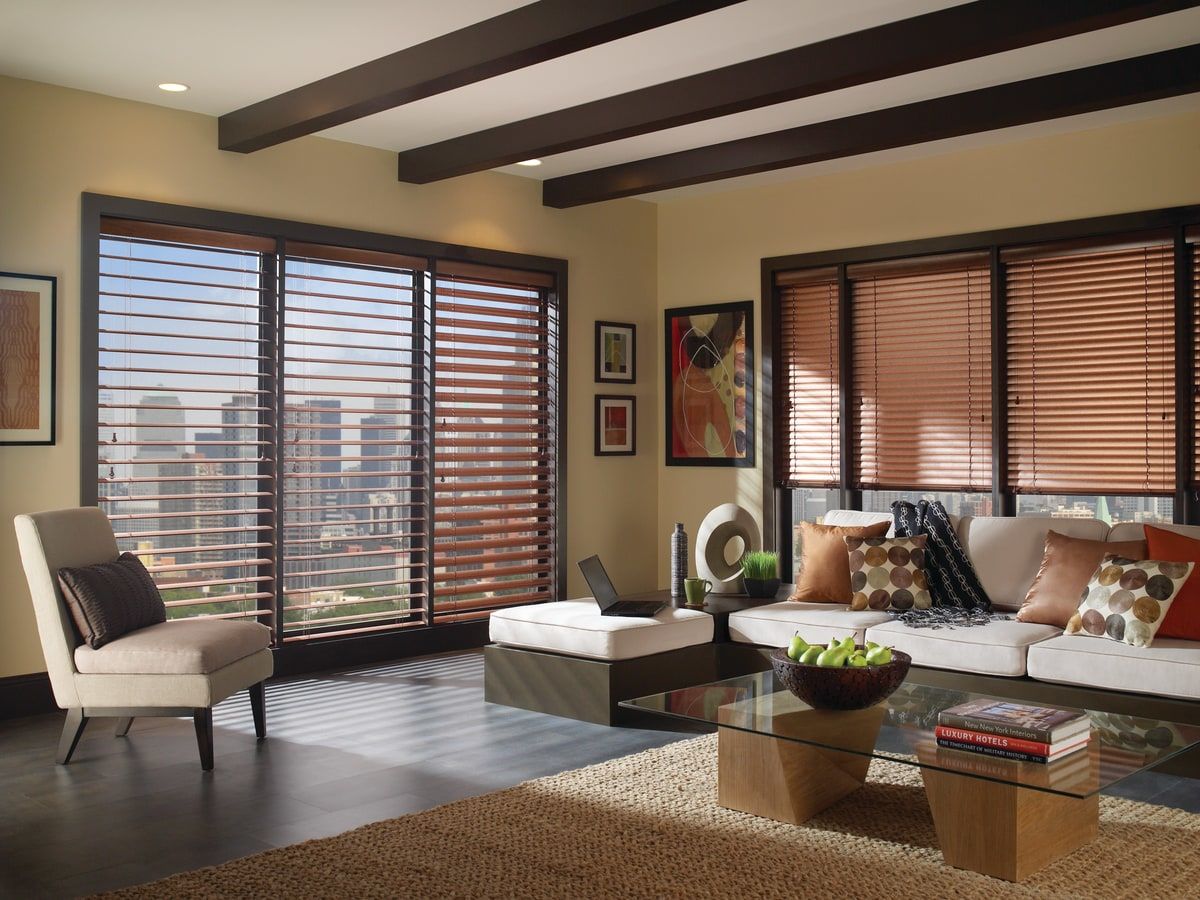
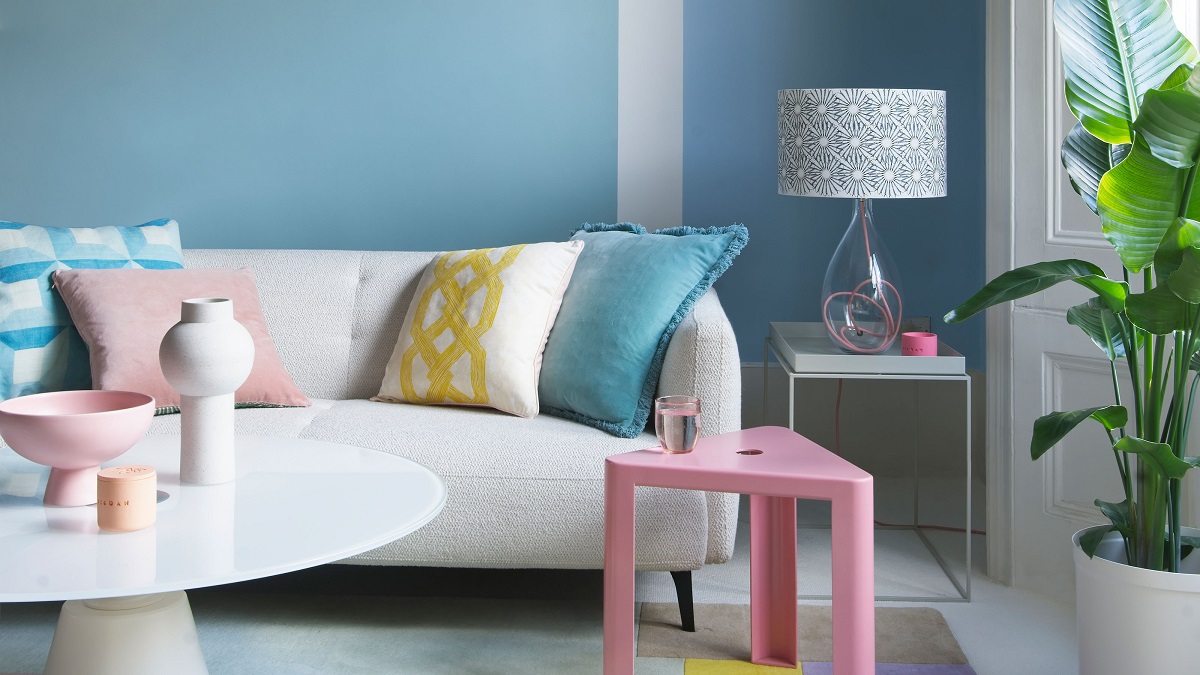
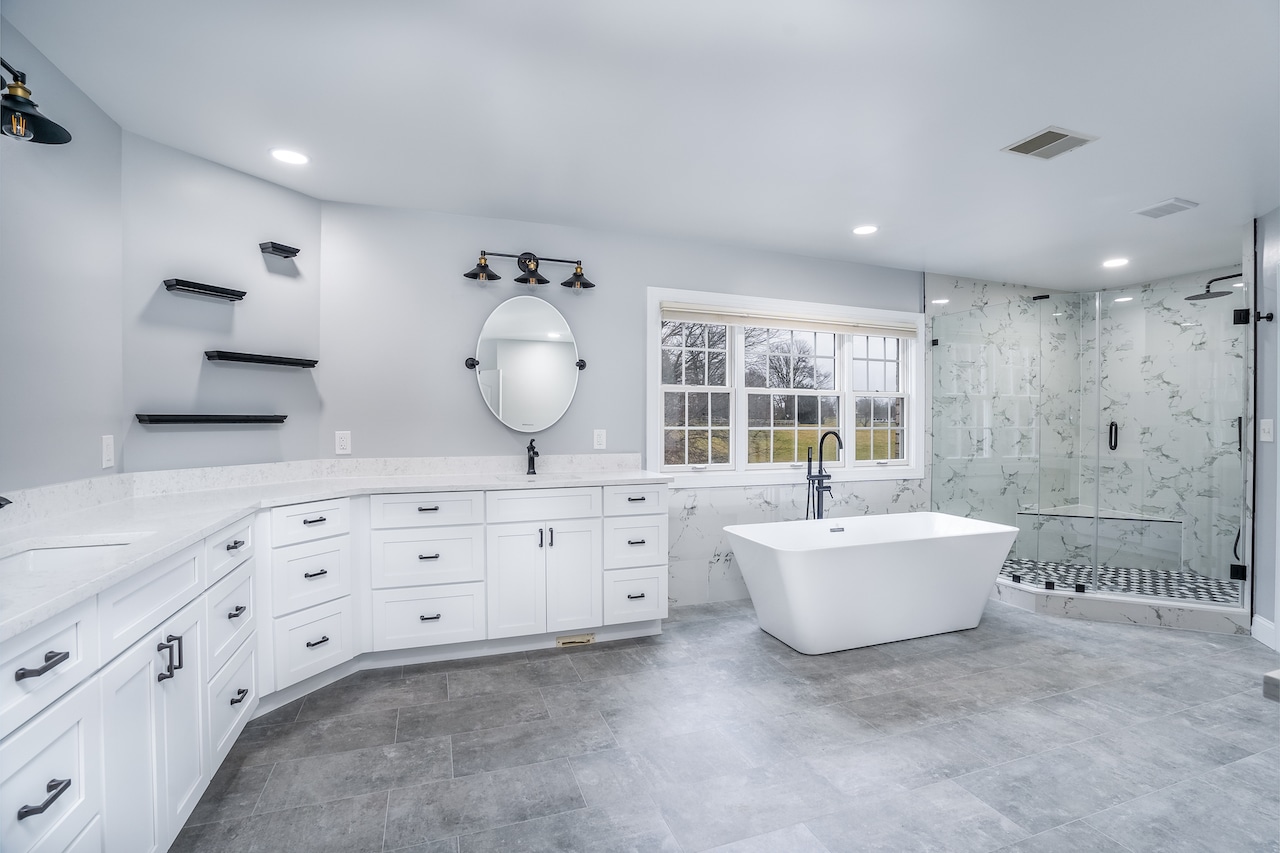
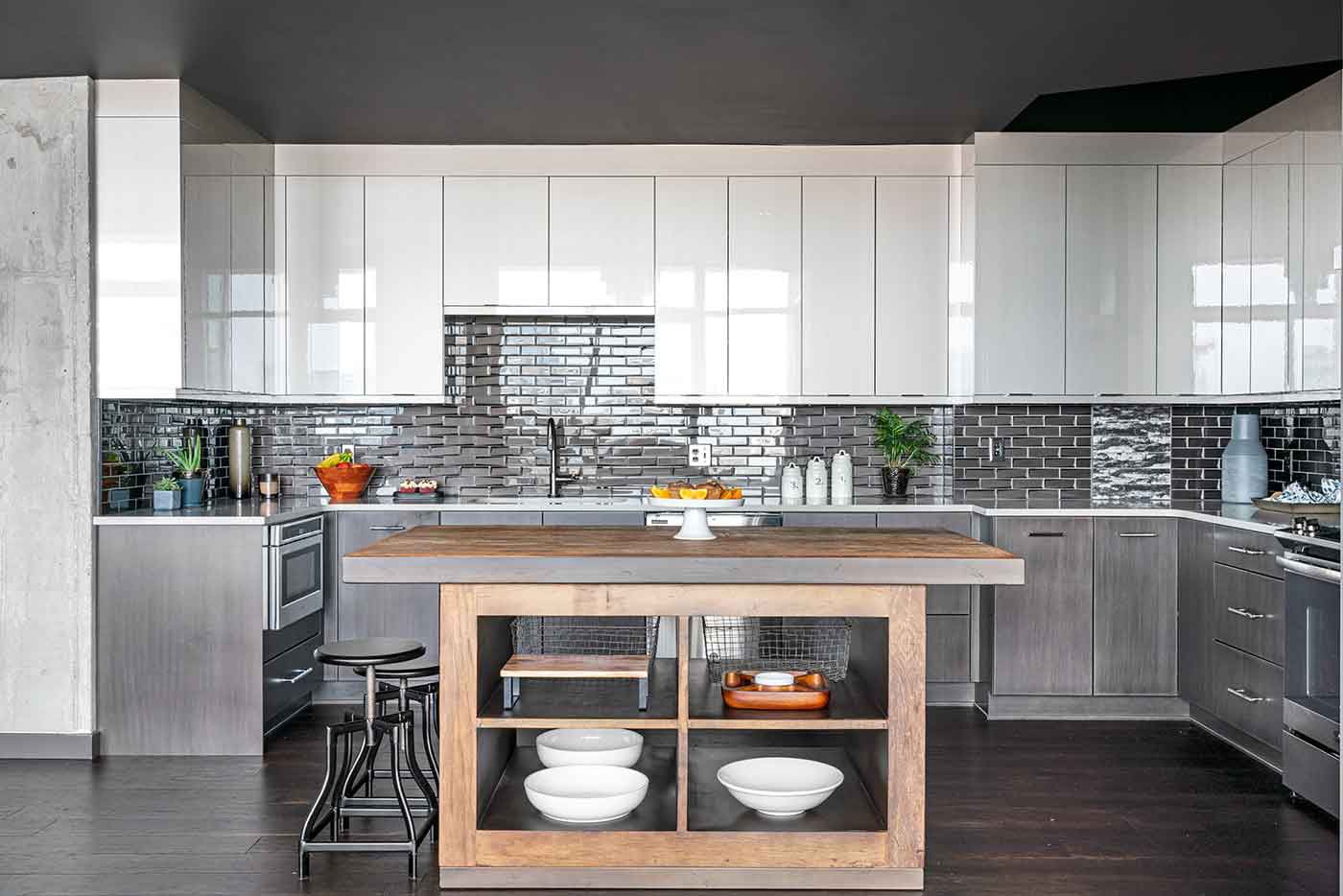
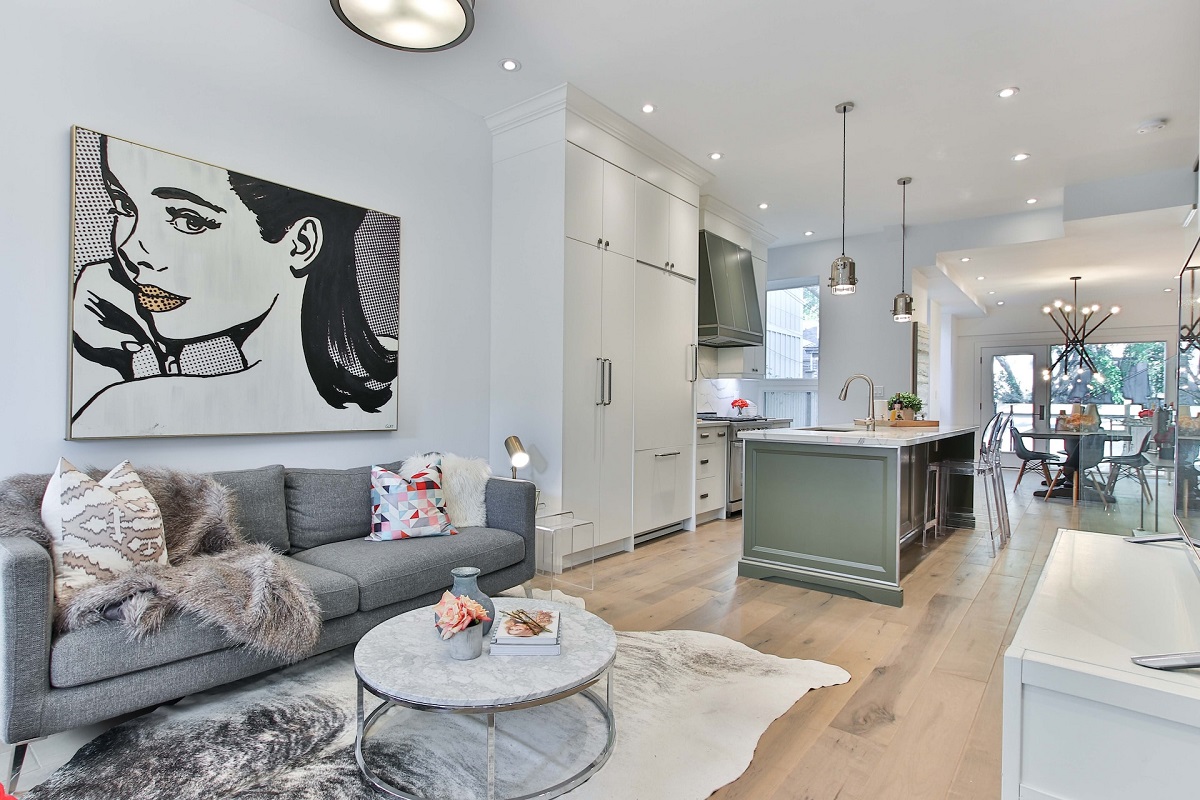
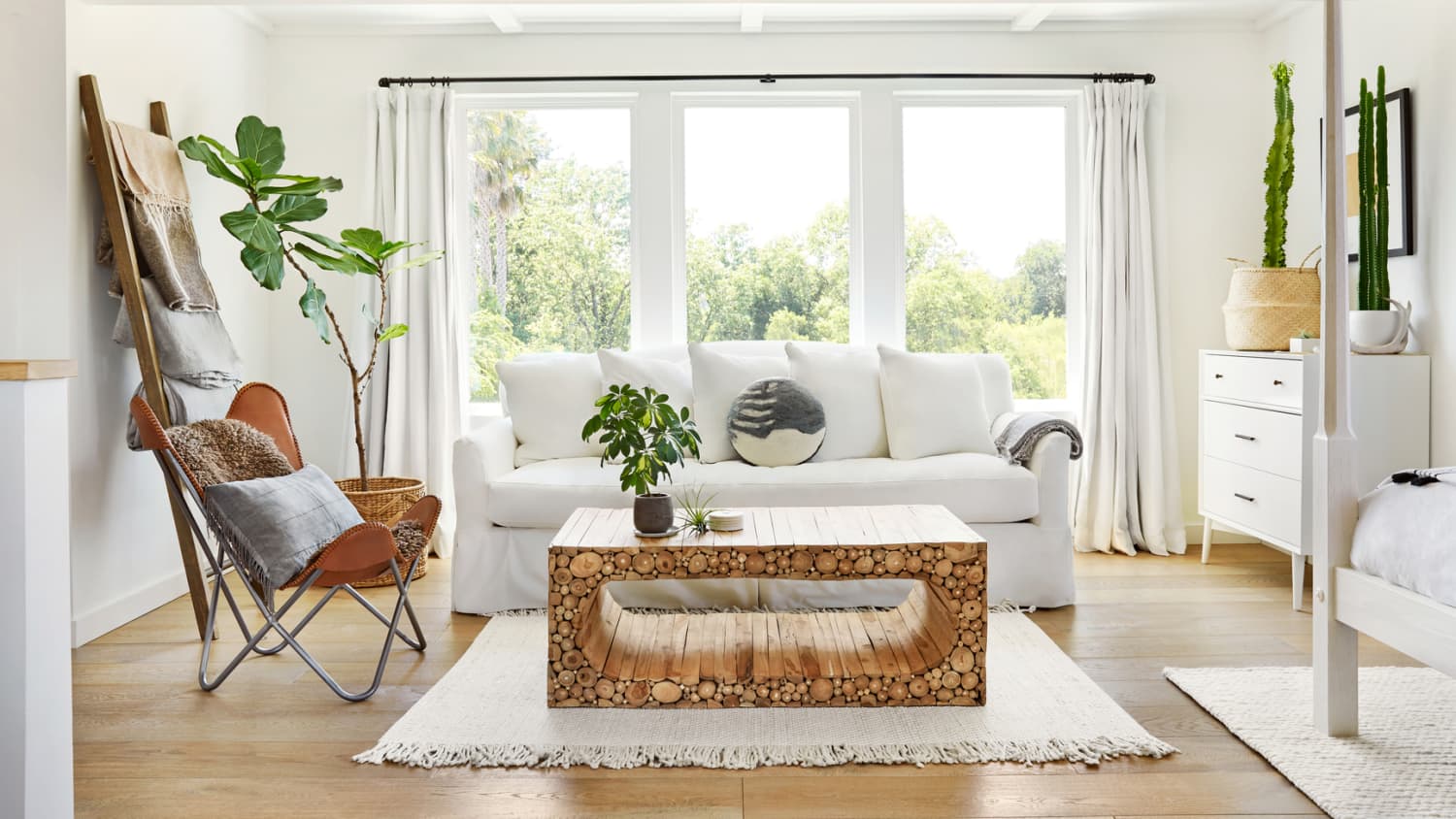

0 thoughts on “Snug Room Mistakes: Expert Advice On How To Avoid Them”